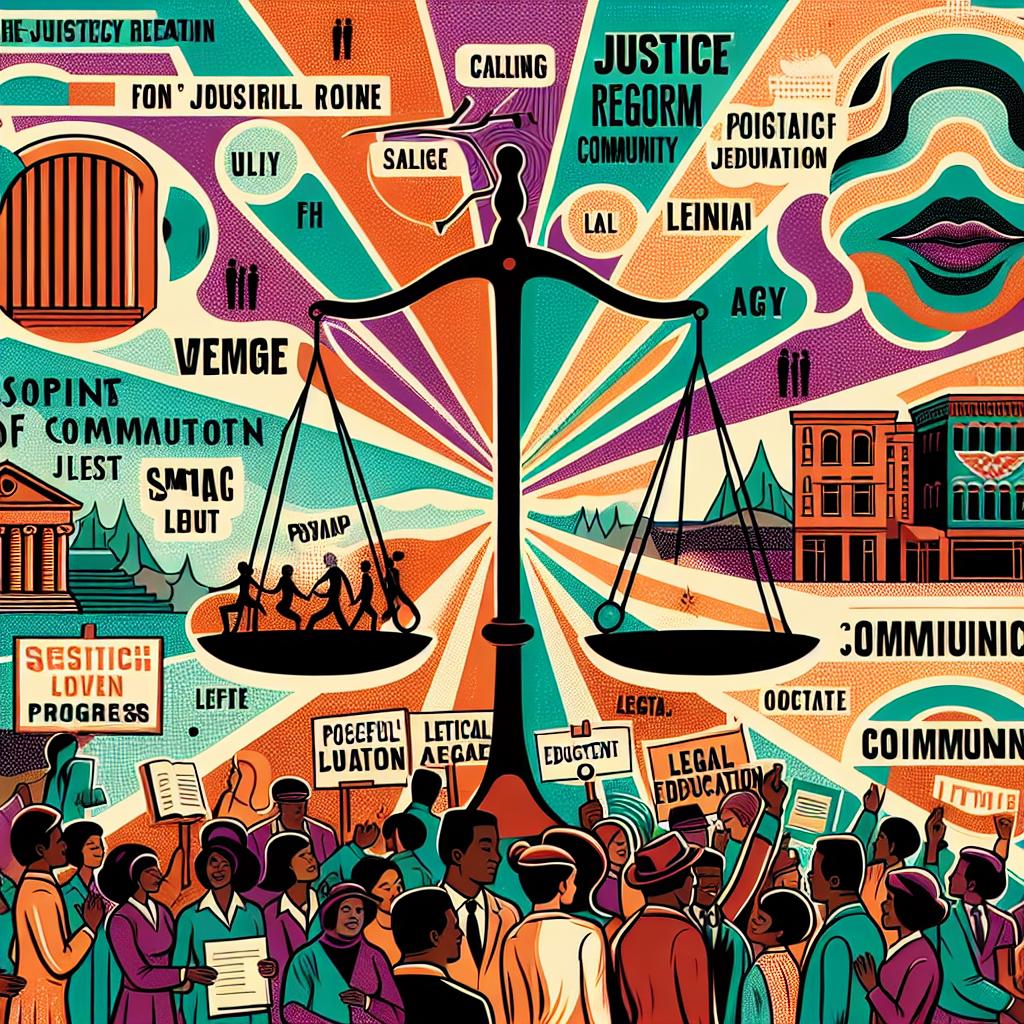Unpacking Sanctuary Cities
In recent years, the concept of sanctuary cities has stirred vigorous debate among policymakers, advocacy groups, and the public. Sanctuary cities implement policies designed to protect undocumented immigrants from deportation and often refuse to collaborate with federal immigration authorities. The increasing complexities of immigration and public safety raise critical questions about the role of local governments in addressing the immigration crisis.
The Policies Behind Sanctuary Cities
Sanctuary cities primarily identify as jurisdictions that operate under specific policies to limit their cooperation with federal immigration officials. The motivations underpinning these policies include humanitarian concern for vulnerable populations, economic pragmatism, and community safety. Climate change, conflicts, and economic instability in various regions have led to increased migration, pushing many undocumented immigrants to seek refuge in the United States.
In sanctuary cities, local law enforcement officials have adopted policies that either restrict their engagement with federal immigration enforcement or delineate their responsibilities. For instance, cities like California, New York, and Chicago, have enacted ordinances stating that local resources will not be deployed to enforce federal immigration law. This signals a clear intention to prioritize community safety over adherence to federal immigration directives.
These policies can lead to profound debates among different stakeholders. Advocates argue that sanctuary cities serve as safe havens for undocumented immigrants, offering them a chance to participate in society without the constant fear of deportation. They emphasize that allowing these individuals to live and work freely benefits local economies and strengthens communities. Critics, however, caution that such policies could potentially fuel illegal immigration. Early studies indicated that mechanisms in sanctuary cities might send a signal to potential immigrants that they could find safety and opportunity if they reach the U.S.
Nevertheless, one pivotal facet often overlooked in these discussions is that many of these cities prioritize local concerns over federal oversight.
https://img-h0ster.s3.us-west-2.amazonaws.com/civicmag/444_content.jpg
The Economic Debate
The economic repercussions concerning sanctuary city policies are hotly debated. Proponents assert that providing undocumented immigrants opportunity allows them to contribute economically. They pay taxes, purchase goods, and fill roles in the workforce that are often hard to find qualified applicants for. The presence of immigrant workers can also bolster industries such as agriculture, construction, and hospitality, where local companies may struggle to secure adequate labor.
Research conducted by the American Immigration Council suggests that immigrants contribute significantly to the U.S. economy. In fact, many studies point to a favorable economic outcome in sanctuary cities. These settlements often benefit from increased consumer spending and an expanded tax base. Some state legislators have even suggested that acceptance and integration of undocumented immigrants can spur genuine economic growth, reflecting a more diversified economy conducive to innovation and entrepreneurial activity.
Yet, critics focus on the costs incurred by local jurisdictions to provide services like healthcare, education, and public safety to undocumented immigrants. They argue that without the proper federal funding support, these cities face unsustainable fiscal burdens.
Safety Concerns
The safety discourse surrounding sanctuary cities is dynamic and nuanced. Proponents emphasize that these policies cultivate trust in police among immigrant communities, encouraging individuals to report crimes without the fear of being detained for their immigration status. Several police chiefs from sanctuary cities assert that achieving effective community-police relationships is essential for maintaining public safety—a mission that becomes more challenging when certain community members are apprehensive to engage with law enforcement officials.
However, critics often wield varying viewpoints regarding the interplay of sanctuary practices and crime rates. They collate studies suggesting that sanctuary policies could inadvertently make cities more permissive to crime. They suggest a potential correlation between the lack of enforcement on immigration rules and increased public safety risks, arguing that welcoming policies might enable criminals within undocumented populations to evade police scrutiny.
Humanitarian Concerns
Another driving facet of the sanctuary city debate consists of the humanitarian arguments presented by advocates aimed at protecting families from deportation. Many argue that sanctuary cities offer critical assistance to vulnerable populations—including women fleeing domestic violence, children escaping gang violence, and individuals fleeing persecution in their native countries. Critics of more restrictive immigration policies often point toward the central tenet of humanitarianism, suggesting that societies have ethical obligations to extend kindness and assistance to those in dire situations.
On the flip side, some maintain that this approach creates moral hazard by encouraging illegal entry into the country and fosters a misunderstanding of immigration laws. Critics argue for adhering strictly to existing immigration statutes to support justice and public order. However, advocates retain that the dire circumstances faced by many necessitate compassion and assistance regardless of one’s legal status. Again, this issue underscores the competing narratives taking place as different societal perspectives clash in the public discourse on this important subject.
The Future of Sanctuary Policies
Looking ahead, the future landscape of sanctuary cities remains uncertain. The evolving political climate, particularly as it pertains to immigration policy, will substantially influence the dynamics at play heading into the next electoral cycle. Local leaders and city councils in various jurisdictions must weigh how the societal responsibilities and political pressures align as they navigate the coming decade.
As the debate around sanctuary cities continues, it will require a delicate balance between encouraging economic and community well-being while adequately addressing concerns for public safety. Ultimately, the discourse stands as a testament to the complexity underpinning immigration policy—the ethical, moral, and economic threads woven deeply into the fabric of U.S. society. How local authorities choose to address these profound issues lies at the very heart of America’s sanctuary city narrative.



